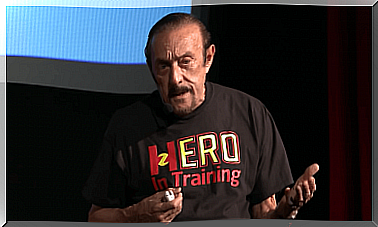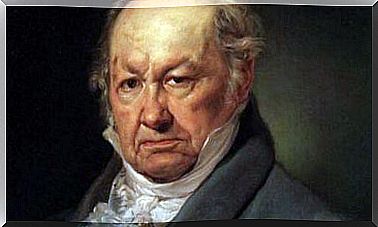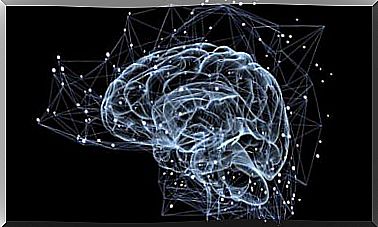Henri Ey, A Bridge Between Psychiatry And Psychoanalysis
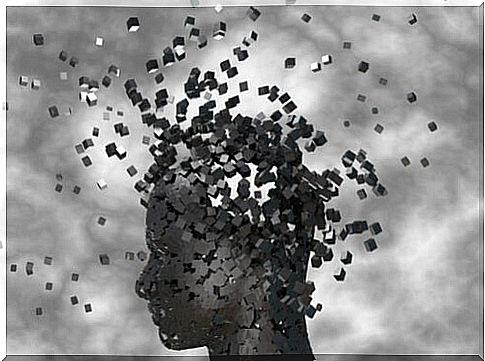
Henri Ey is the creator of an approach in psychiatry called “organodynamics. ” This is intended to be a synthesis of the organicist perspective and psychoanalytic dynamics. In other words, a way of seeing, assuming and treating mental illness, as a product of both biological and psychic factors.
Those who knew him defined him as a very warm man, with excellent manners. Lover of good food, premium cigars and bullfighting. His prestige in French psychiatry is equivalent to that of Jacques Lacan in psychoanalysis.
Much of Henri Ey’s theory seeks to establish a direct connection between psychiatry and psychoanalysis. He was not a revisionist of Sigmund Freud’s concepts, but saw them incomplete. His work seeks to broaden the perspective of both psychoanalysis and psychiatry.
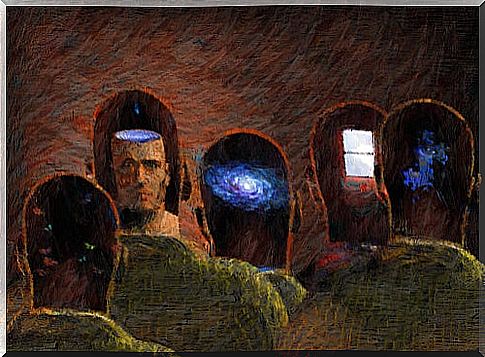
The early years of Henri Ey
Henri Ey was born in a small town in southern France, called Banyuls-dels-Aspres, on August 10, 1900. He spent his childhood and adolescence there. He came from a family of winegrowers and always had a deep affection for the land where he was born. There he received influences from the French and Spanish cultures.
His interest in the human mind manifested itself from an early age. One of the most vivid memories of his childhood was the figure of a man everyone called “the madman.” It caused him fear and fascination at the same time. He saw in him an enigma that he set out to decipher throughout his life.
He decided to study medicine and for that he moved to Toulouse. He obtained his medical degree in 1923. He was drawn to many of the courses taught at the Sorbonne and the bohemian life of the Latin Quarter. Between comings and goings, he also earned a degree in philosophy.
Medical and psychiatric practice
For the next 10 years after graduation, Henri Ey served as an intern at La Seine psychiatric hospitals in Paris. He also worked in the services of Guiraud, Marie and Capgras.
In 1931 he began working at the famous Sainte-Anne psychiatric hospital. There he was a disciple of the famous Henri Claude. This was the professor of the chair of mental and brain diseases and had been the first to open the doors of the hospital to the pioneers of psychoanalysis in France. He made Ey head of clinic.
There he also met someone whom he defined as a close friend and, at the same time, as a staunch contradictor: Jacques Lacan. At that time, the Sainte-Anne hospital was the focus of great debate and the cradle of new clinical and research practices.
Bonneval and a new stage
By 1933, Henri Ey was appointed psychiatric director of the Bonneval Hospital, in the beautiful region of the castles of the Loire. There she worked for the next 38 years, in an institution with the capacity to house 380 female patients. There, too, he produced most of his written work.
From the beginning he implemented a new approach to psychiatry at Bonneval, based primarily on the works of Sigmund Freud and Eugene Bleuler. He fiercely advocated at that hospital, and throughout his life, a humanistic emphasis on psychiatry.
In 1945, he created the magazine The Psychiatric Evolution , an instrument that served to disseminate his theses regarding the practice of psychiatry. In 1950, he founded the World Psychiatric Association and began to organize some fabulous colloquia that brought together experts and researchers from different disciplines related to mental health.
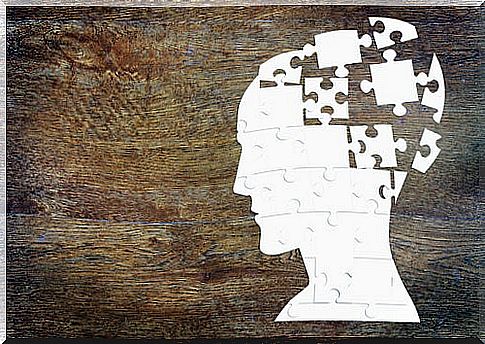
A new approach
Henri Ey shaped a new approach to mental illness. In addition to the psychoanalytic tradition, he also included the theses of Hughlings Jackson in his perspective. This had been one of the most prominent figures in neurology. From all this amalgamation “organodynamics” was born.
Ey was convinced that it was necessary to unite psychiatry and neurology. Likewise, integrate psychoanalysis to this perspective, in order to obtain a comprehensive approach. On the basis of his findings, he opposed antipsychiatry and the theses of Michel Foucault.
The psychiatric association he founded ended up being absorbed by its American counterpart , the World Psychiatric Association (WPA). Thus its intellectual heritage was lost, which was replaced by an exclusively pharmacological approach. Henri Ey died on November 8, 1977, in the same town where he was born.

